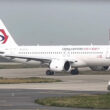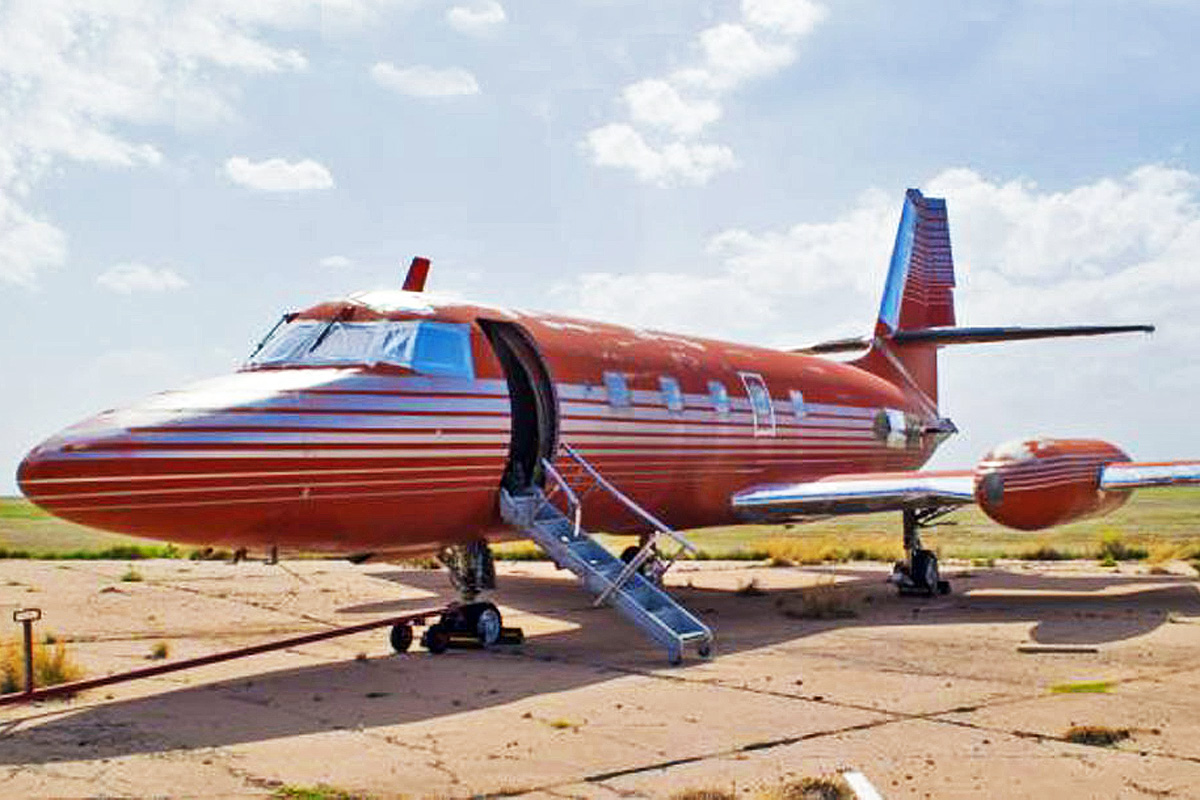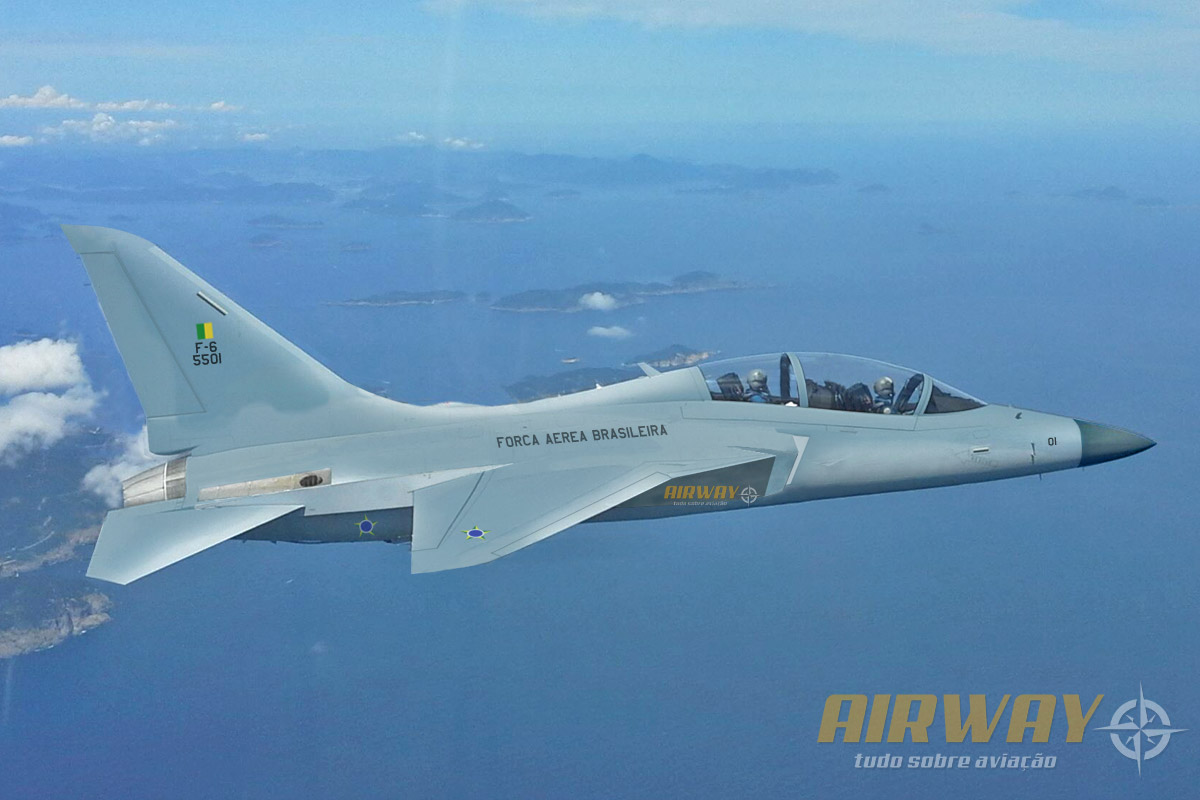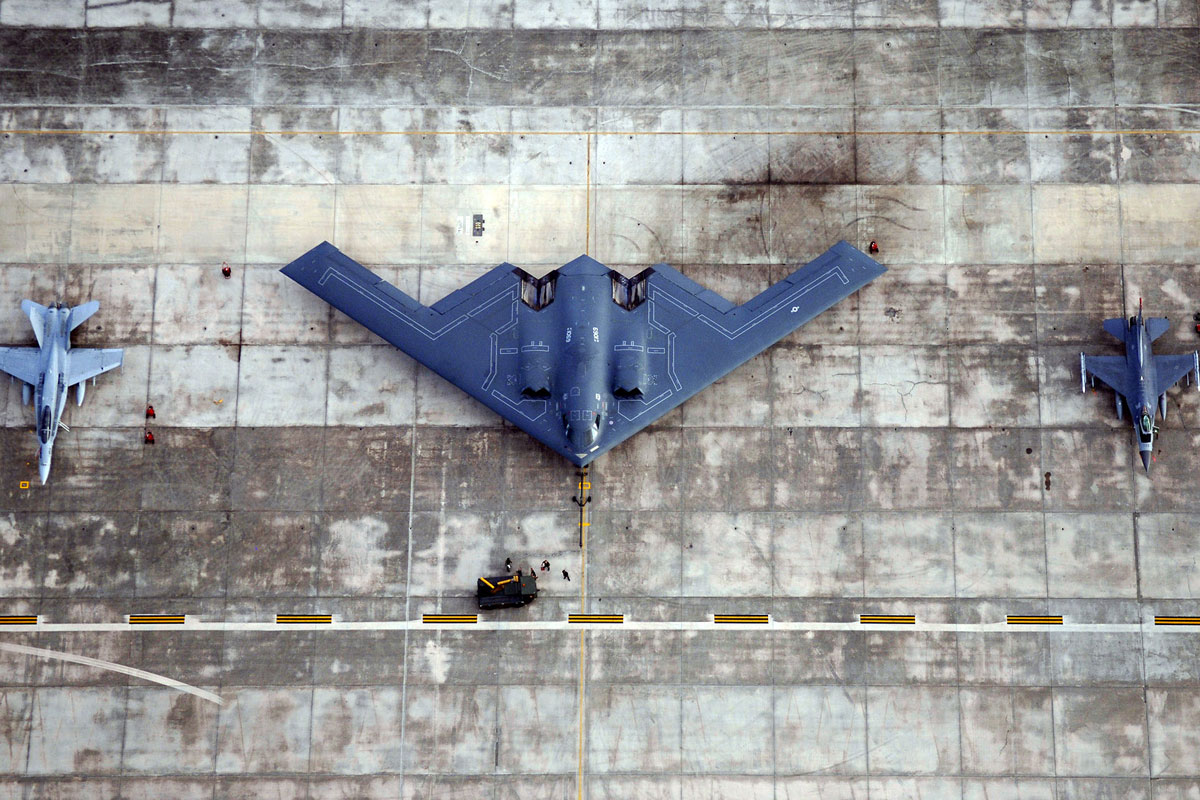Imagine the scene: you arrive at the front of a huge jet for up to 350 passengers and see retractable stairs emerge from the aircraft’s hold. It sounds like a joke, but such a plane existed, the Ilyushin Il-86.
The four-engine jet was the first widebody developed in the Soviet Union and had just over 100 units produced between 1976 and 1991, when the communist bloc perished.
Despite this, the Il-86 was essential to expand air transport in the country with the largest territorial extension in the world, which at the time only operated domestically manufactured aircraft.
Ilyushin, then known for the successful Il-62, began the development of the Il-86 in the 60s, when the West was already leading important programs such as the Boeing 747, McDonnel Douglas DC-10, Lockheed L-1011 TriStar and Airbus A300.
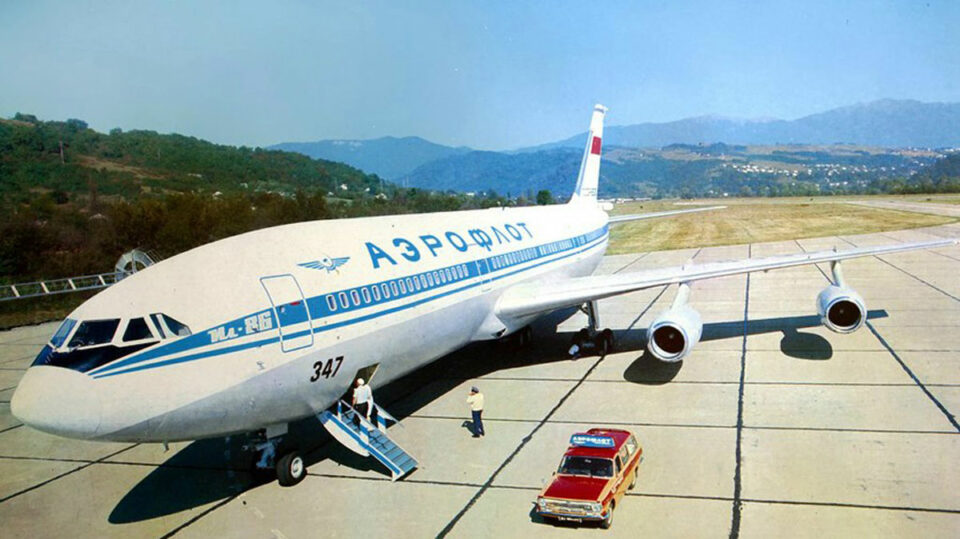
Inefficient engines
The concept of a two-aisle passenger aircraft gave rise to a four-engine jet with a fuselage just over 6 meters in diameter, similar to the widebodies of the West.
Instead of turbofans with a high bypass ratio, which did not exist in the Soviet Union at the time, Ilyushin ended up choosing the Kuznetsov NK-86 engine, with a small diameter and high fuel consumption.
The option limited the range of the new jetliner to only about 5,000 km, which was not a big problem as the Il-86 would end up being used mainly on domestic routes with higher demand.
Another peculiarity of the Il-86 was the seating configuration in three rows with three seats instead of a 2+4+2 layout as in the DC-10 and TriStar. Without advanced technology in avionics, the manufacturer kept the cockpit with four crew members.
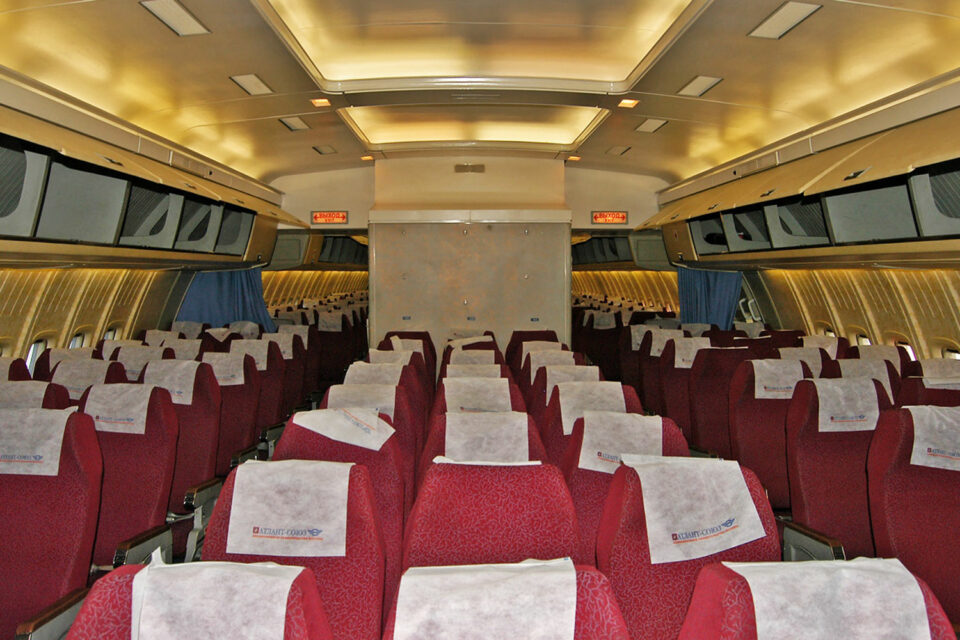
Boarding through the hold
The most unusual thing about the Il-86, however, was passenger access, also via retractable stairs in the cargo hold.
Although unexpected, the solution had a very plausible explanation. The Il-86 would need to use airports with precarious infrastructure and for that it would be necessary not to depend on stairs to access the doors on the main floor.
In addition, Ilyushin saw sense in a curious operational strategy, in which passengers would carry their luggage onto the plane and then place it in cargo compartments.
It was thought that this could speed up boarding and disembarking, but the airlines that had the jet in their fleets did not put the concept into practice, considered chaotic.
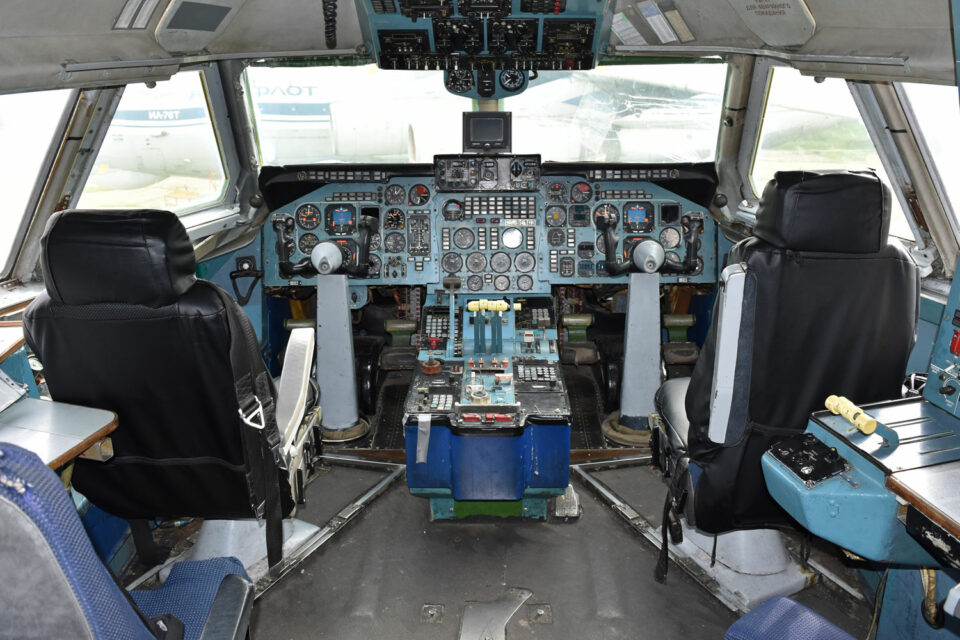
Long haul flights
Despite the small autonomy, the Il-86 ended up playing the role of long-range aircraft for Aeroflot and other Russian carriers, even if forced to technical stopovers along the way to refuel.
The widebody was a constant presence in places as varied as New York, Rio de Janeiro and Buenos Aires until civil aviation authorities in the West limited noise emissions at airports and made it impossible for the Il-86 to visit.
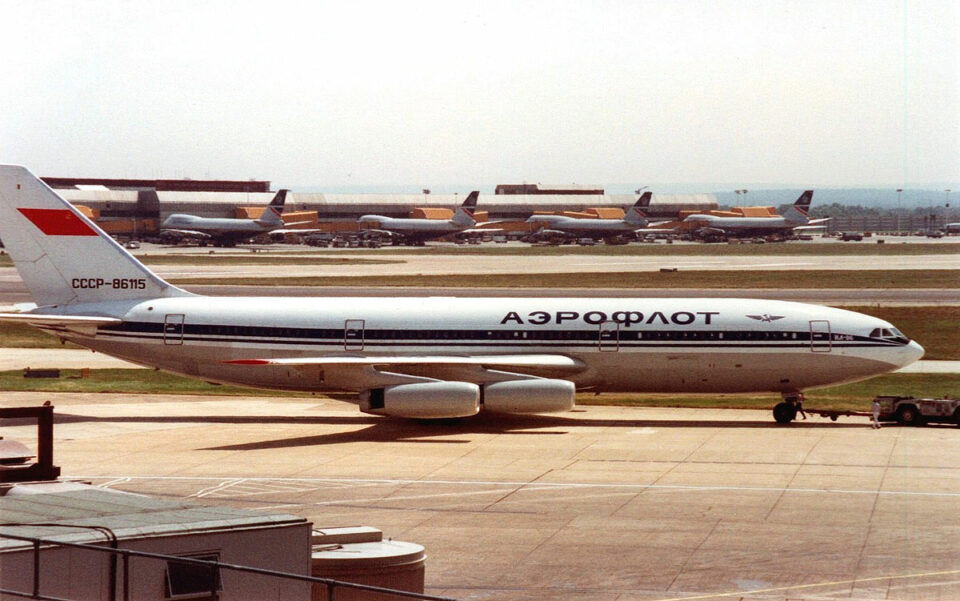
Already at that time, Ilyushin had a replacement for the first Russian widebody, the Il-96, which took advantage of part of the Il-86 project in a shorter, but more modern aircraft.
Instead of hold doors, the Il-96 had critical profile wings with winglets, more efficient PS-90 engines and a fly-by-wire flight system. Interestingly, only three dozen of them were finished, far fewer than their exotic predecessor.
By that time, even Aeroflot had already decided to order aircraft such as the Boeing 777 and the more economical and comfortable Airbus A330 and A350.



